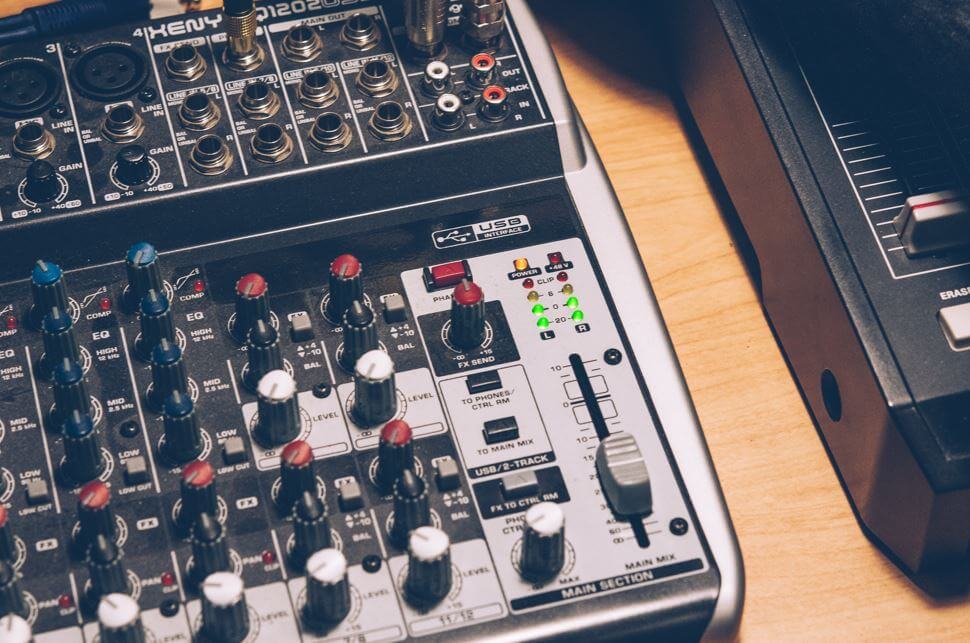How the listening experience completes and enriches the use of products and services and its impact on people’s experiences and perceptions.
Sound branding: what it is
With the digital age and the spread of social media, everything that can be looked at – the image – has flooded everyday life and acquired such importance that it has become a privileged means of communication. This, to the detriment of another sense, hearing, the first that actually develops in us and that allows us to hear sounds even before we are born.
Elements such as music and the voice, therefore, with enormous communicative potential, have so far played a secondary role.
Sound branding (or audio branding) has to do with the strategic and conscious use of music and sound, in order to define the sound identity of a brand.
You’re on the couch at the end of the day. “I want to watch a series tonight”.
What would the Netflix logo be without its… “ta-dum”?
What are the actual potential of an audio logo?
Could it make sense for a company to invest in the creation of its own audio logo?
The purpose of sound branding, as well as that of visual branding, is to stimulate immediate recognition of a brand and a particular emotional response in people. In this sense, the potential of a sound logo concerns the concepts of:
- Speed in emotional response
- Memory recall
According to a study conducted by professors Adrian North and David Hargreaves, brands characterized by sounds capable of representing their identity are 96% more likely to be remembered than those characterized by a visual logo alone or those accompanied by non-music adhering to the brand in question [www.SoundsLikebranding.com – survey].
Furthermore, if we are frequently exposed to the joint presentation of the audio logo and the visual logo of a certain brand (TV, web, cinema), our brain, simply hearing the audio logo, will also bring to mind the visual one.
Speaking of emotional response, on the one hand, as mentioned at the beginning, sound is among the stimuli that we learn to process first; on the other hand, being sound, oral, it is also our main way of communicating. Sound, therefore, given our intrinsic dependence on it, is one of the most effective and direct means of conveying emotions.
How to validate a sound logo
Is it enough to add a sound effect to my brand to get these results?
Unfortunately not. It is essential, as we said at the beginning, that the sound logo be able to represent the identity of the brand and to do this it is necessary, as for all other aspects of communication, study and analysis.
Continuing with our initial example, Netflix, let’s see the elements that have brought its sound brand to success. First, its audio logo is long enough to trigger a cinematic experience, but not too boring. This, coupled with the emotional aspects of the sound bite, creates an overall arousal response in viewers towards what they are about to watch [How Netflix Used Sonic Branding for Success | by Louise Morris | Medium]. The “Ta-dum” well embodies the identity of Netflix.
To create a sound logo, therefore, it is necessary to rely on professionals, music producers, musicians, etc. On the other hand, it is also natural to wonder if there is a way to collect objective data on its effectiveness.

In this sense, to verify the effect of specific inputs (visual, sound, tactile, etc.), it is possible to conduct research to collect and analyze psychophysiological data, capable of providing objective information on people’s responses to the proposed stimuli.
There are several psychophysiological signals that can be considered in order to collect this type of data, such as electroencephalogram, skin conductance, heart rate variation, etc. A possible signal that could be analyzed in the case study of a certain sound branding is that of ERPs, for example.
Event-related potentials are particular fluctuations, of slight entity (a few microvolts), of the EEG, originating from the synchronous activity of a large number of neurons in association with specific stimuli or during their processing. Through their analysis, therefore, one could understand which and how strong are the mental associations that the sound branding of a certain brand is able to arouse.
If you are interested in learning more about how the manifestation of these potentials can be exploited to understand the strength of association between a brand and some themes, we invite you to read this research.
This study analyzes the ERP N400. This component is activated in the participants in response to the presentation of a stimulus/concept with all the more force the more the latter is inconsistent with the stimulus/concept presented in the previous step.
In this analysis, two video on demand brands were considered, Netflix and Rex&Rio, and 3 groups of words related to them were selected (Television, Relax, Price) and a fourth group with no relation to the two. The aim was to understand, through the analysis of the activation strength of the N400, if the participants showed differences in association between the concepts belonging to these groups, in fact, and the two video brands.
Sounds and experience
Sound is an integral part of the experience that the company can give to its customers through a product or service. It is an important emotional lever to take into account when designing experiences that bring value to the brand, in terms of recognition but not only. Our skills as researchers allow us to also consider this variable in planning, together with people, memorable and beautiful experiences to live.